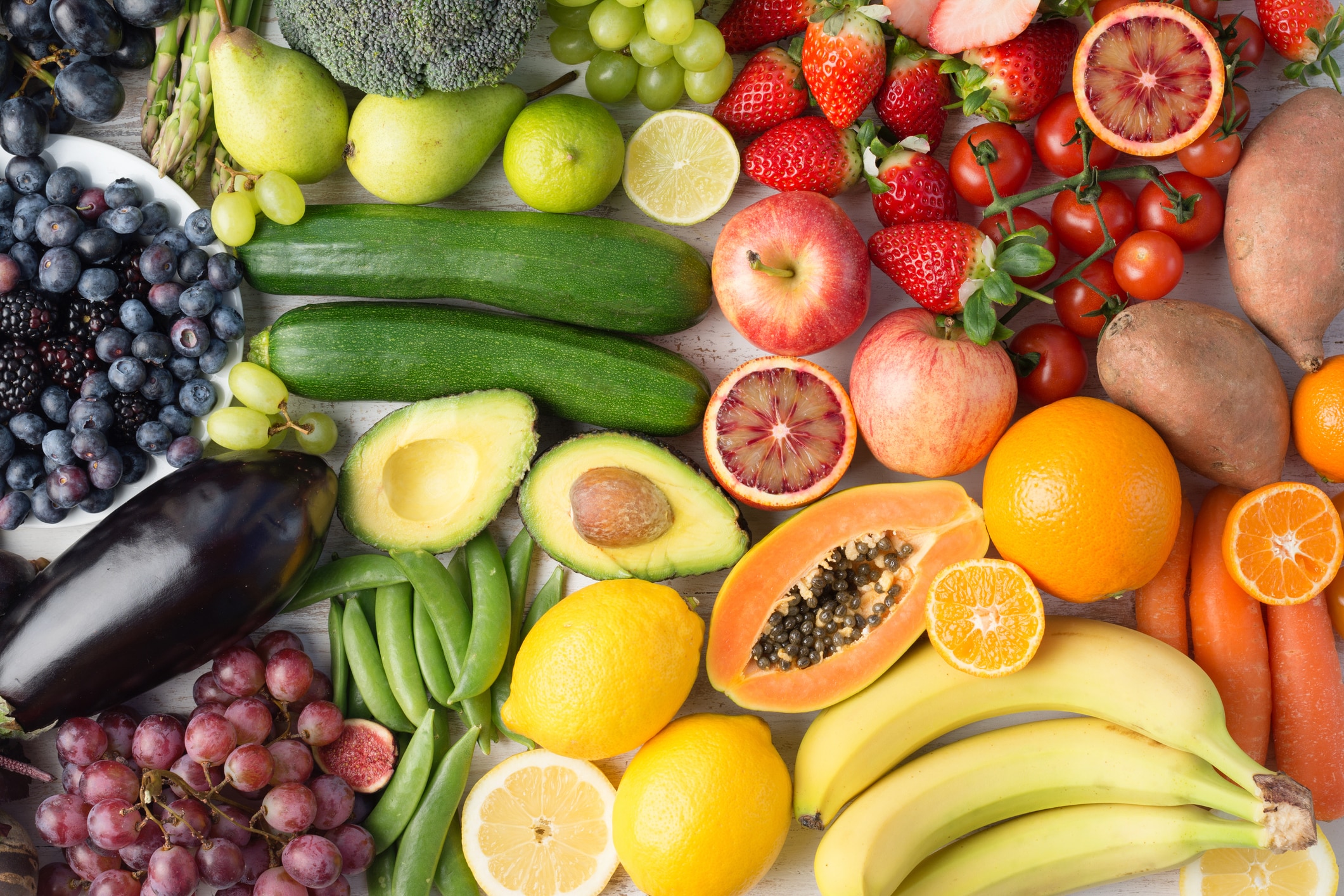When getting adequate nutrition by mouth is a challenge, tube feeding formulas are a great way to get needed nutrition and nutrients such as protein, fats, vitamins and minerals. Sometimes, you may prefer a formula made from real food ingredients. Can that still be done when you’re on a tube-feeding protocol? You bet!
Unique Nutrients in Fruits and Vegetables
Nutrition is comprised of macronutrients and micronutrients, and each plays an important role. Macronutrients include proteins, carbohydrates and fats. These nutrients provide the calories our bodies need to function and perform daily activities. Micronutrients, like vitamins and minerals, work at the cellular level to metabolize the protein, carbohydrates and fats and to optimize the body’s performance through a variety of functions.
Did you know fruits and vegetables also contain phytonutrients? These are natural substances produced by plants (like antioxidants) and help support body function. Phytonutrients are also well known for their many health benefits.
Fruits and vegetables are a delight, not just for the numerous nutrients they provide, but also the vibrant colors they all come in. You can effectively eat every color of the rainbow, with many choices within each color group. It’s the phytonutrients that give fruits and vegetables their array of vibrant colors, like beta-carotene lending carrots and pumpkin their orange hue, or anthocyanins providing the blue/purple color of grapes and blueberries.
Tube Feeding Formulas are Packaged Nutrition
A benefit of tube feeding formulas is that they provide a full package of essential nutrients in one convenient container to support overall nutrition. Most standard formulas are created with target macronutrient and micronutrient amounts per serving, and it’s those numbers that most likely inform your healthcare provider to choose the specific product or product line to meet your or your loved one’s nutritional needs. There are tube feeding formulas that allow for nutrients and phytonutrients to come directly from fruits and vegetables. If clinically appropriate, choosing a tube feeding formula made with real fruit and vegetables or real fruit and vegetable ingredients is a great way to receive phytonutrients directly from the plant source that produced them.
Benefits of Fruits and Vegetables in Tube Feeding
Real fruit and vegetable ingredient formulas are a potential option because they more closely mimic the meal type of a typical eater. Using real food ingredients is also associated with improved tolerance and a more enjoyable feeding experience.
In addition to prepared formulas containing real fruit and vegetable ingredients, blending food at home to use as tube feeding formula is an alternative way to add dietary variety and meet nutrition needs. Using fruits and vegetables in a blenderized formula may also provide naturally occurring fiber to support bowel function and may contain less added sugar. Just remember, if you’re preparing your own blends, it’s important to work with your healthcare provider to make sure you’re meeting target goals for calories, protein and other nutrients. And, of course, you’ll want to make sure the consistency is just right for tube feeding, while also considering your or your loved one’s specific needs.
Tube Feeding Formulas Made with Real Food Ingredients
For those seeking more diverse ingredients and the benefits of real fruit and vegetable/real fruit and vegetable ingredients, using blenderized enteral formulas (prepared or home blended) is an excellent option. These formulas incorporate recognizable ingredients – like fruits and vegetables – providing patients with essential phytonutrients and other benefits provided by whole foods. Plus, these formulas are carefully designed to deliver specific macronutrients and micronutrients in each serving to meet nutrient needs. When selecting a tube feeding formula, looking for one made with real fruit and vegetable ingredients can be a great way to maximize nutritional benefits – while also introducing variety to help keep mealtimes more interesting for the patient and supporting tolerance.
Stay up to date with our Insights!

 Blog
Blog

